Crosstown Rivals: Films From USC and UCLA in the 1960s
-
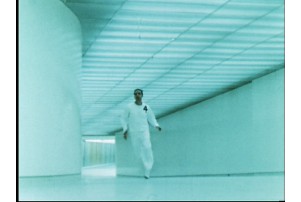 Electronic Labyrinth, by George Lucas
Electronic Labyrinth, by George Lucas
-
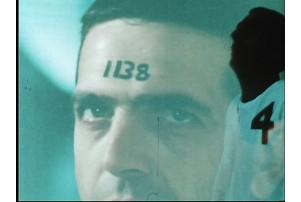 Electronic Labyrinth, by George Lucas
Electronic Labyrinth, by George Lucas
-
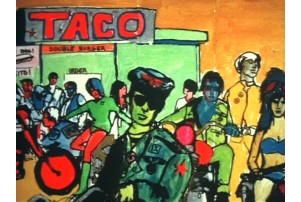 Marcello, I'm So Bored, by John Milius
Marcello, I'm So Bored, by John Milius
-
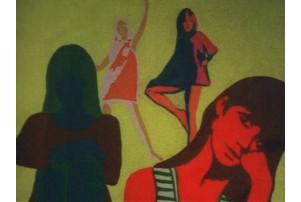 Marcello, I'm So Bored, by John Milius
Marcello, I'm So Bored, by John Milius
-
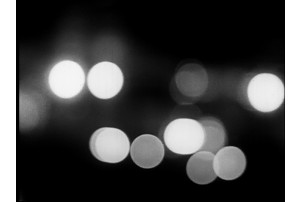 Herbie, by Paul Golding and George Lucas
Herbie, by Paul Golding and George Lucas
-
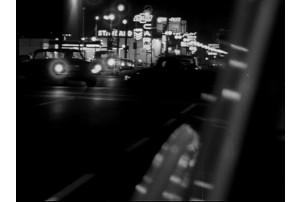 Herbie, by Paul Golding and George Lucas
Herbie, by Paul Golding and George Lucas
-
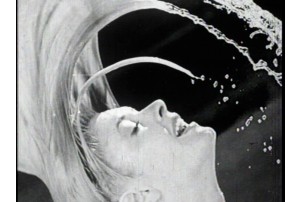 Wipeout, by Paul Golding
Wipeout, by Paul Golding
-
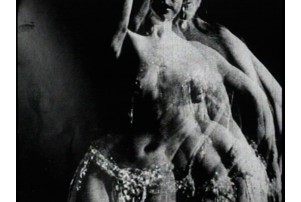 Wipeout, by Paul Golding
Wipeout, by Paul Golding
-
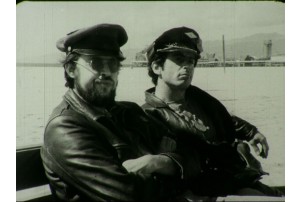 Pulp, by Bruce Green
Pulp, by Bruce Green
-
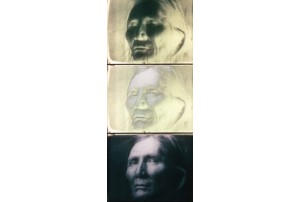 Now That The Buffalo's Gone, by Burton Gershfield
Now That The Buffalo's Gone, by Burton Gershfield
-
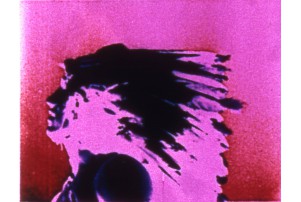 Now That The Buffalo's Gone, by Burton Gershfield
Now That The Buffalo's Gone, by Burton Gershfield
April 19, 2012, 7:00PM
USC Cinematheque 108 - At the Ray Stark Family Theatre, SCA 108, George Lucas Building, USC School of Cinematic Arts Complex, 900 W. 34th Street, Los Angeles, CA 90007
In person: David Lebrun, others to be announced (schedules permitting)
Enthused by the possibilities of “underground” film, energetic students at Los Angeles’ leading universities made a healthy amount of work using alternative approaches in the 1960s. This work gained notoriety in the mass media, with an article in Time Magazine, among others. The most well-known filmmaker to come out of this period is George Lucas, but we’ll also be looking at remarkable students works by Penelope Spheeris, David Lebrun, Paul Golding, Robert Abel, John Milius, Burton Gershfield, Bruce Green, and Rob Thompson. Politically and socially activated works, experimenting in animation, collage, documentary, and narrative, topped by two unusual science fiction films from Spheeris and Lucas.
Special thanks to the UCLA Film & Television Archive; Mark Quigley; Todd Wiener, Alex Ago; Dino Everett; USC School of Cinematic Arts, Hugh M. Hefner Moving Image Archive; May Haduong, Academy Film Archive
Tickets are free. RSVPs are available on the USC website at http://cinema.usc.edu/CrossTownRivals
But it's all right just to show up.
This program also plays at UCLA Melnitz Movies on Thursday April 12 at 7:30 pm.
Directions and Parking:
The USC School of Cinematic Arts is located at 900 W. 34th St., Los Angeles, CA 90007. Parking passes may be purchased for $8.00 at USC Entrance Gate #5, located at the intersection of W. Jefferson Blvd. & McClintock Avenue. We recommend parking in outdoor Lot M or V, or Parking Structure D, at the far end of 34th Street. Please note that Parking Structure D cannot accommodate tall vehicles such as SUVs. Metered parking is also available along Jefferson Blvd.
--------------------------
More on Lucas in his student days: http://emdiv.org/pt/mundo/tecnologia/8908-george-lucas.html
Films to be Screened
-
Freightyard Symphony (1963, 16mm screened from DVD, color, sound, 6.5min.)
Directed by Robert AbelHighly accomplished animated student film by commercial effects pioneer Robert Abel – on trains and movement.
-
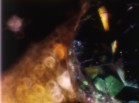 Les AngeS Dorment, by Felix Venable
Les AngeS Dorment, by Felix Venable
Les angeS Dorment (1965, 16mm, b/w & color, sound, 9min.)
Directed by Felix VenablePrint courtesy of Peter Mays and the Academy Film Archive
The only extant film made by the legendary Felix Venable, a primary mentor and friend to Jim Morrison. Venable’s own mythic status among Doors fans in part derives from his tragic early death in November 1970 (a few months before Morrison himself). In Les AngeS Dorment (note the capitalization…), a series of vignettes set to varying scores are exemplified by highly refined and intuitive camerawork and editing. This influential film is intensely and quietly psychedelic, suggestive of acid experiences and a shifting sense of fragmented consciousness.
-
S.W.L.A. (1971, 16mm, b/w & color, sound, 6min.)
Directed by Rob ThompsonPrint courtesy of the iotaCenter collection at the Academy Film Archive
A semi-abstract cinepoem using high contrast black and white images and stylized color effects to capture the mood of an industrial area in Southwest Los Angeles. The film is reminiscent in style and artistic effectiveness of the work of Pat O'Neill and Scott Bartlett, particularly their 7362 and METANOMEN, and is highly recommended as the largest example of this sort of psychedelic-surreal filmartistry. Winner of innumerable 1971 film festival awards. - Creative Film Society Catalog, 1975
-
Synthesis (1968, 16mm (orig 8mm), color, sound, 7min.)
Directed by Penelope SpheerisPrint courtesy of the UCLA Film & Television Archive. Penelope Spheeris's first film, made at UCLA. In a seemingly near-future control room devoid of people, various readouts and calculations suggest that humankind is not altogether compatible with the grand scheme of the universe.
-
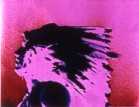 Now That The Buffalo's Gone
Now That The Buffalo's Gone
Now That The Buffalo's Gone (1967, 16mm, color, sound, 7min.)
Directed by Burton GershfieldRestored print from the Academy Film Archive!
A powerful New American Cinema protest against the decline and fall of the American Indian, using quasi-three dimensional color techniques as part of its overall structure. 'This beautiful little film uses fast-moving positive-negative color images to recall how the American Indian was displaced from the land. From the colorful past of the buffalo hunt to the less than perfect life of present day reservations this sympathetic protest film shows why even Indians on television can never really win. This film is recommended for discussion with Junior highs through adults and for worship services built around a theme of concern for the American Indian.' - Media for Christian Formation. - Creative Film Society Catalogue, 1975
-
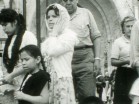 Sanctus, by David Lebrun
Sanctus, by David Lebrun
Sanctus (1967, 16mm, b/w, sound, 18min.)
Directed by David LebrunPrint courtesy of David Lebrun and the Academy Film Archive
A New American Cinepoem in which three individual ritual ceremonies in Mexico are filmically interrelated: (1) a Catholic High Mass, (2) a bullfight, (3) the sacred mushroom ceremony of the Mazatec Indians. Creative Film Society Catalogue, 1972
-
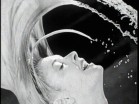 Wipeout, by Paul Golding
Wipeout, by Paul Golding
Wipeout (1965, 16mm, b/w, sound, 3min.)
Directed by Paul GoldingA dynamic social protest collage film utilizing still photos, accompanied by the Surfaris recording of "Wipeout". - Creative Film Society catalog, 1972
-
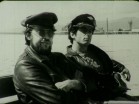 Pulp, by Bruce Green
Pulp, by Bruce Green
Pulp (1967, 16mm, b/w, sound, 8min.)
Directed by Bruce GreenA cynical yet tongue-in-cheek satire on today's leather-jacketed rebels-without-a-cause whose attitudes and sexual appetites are influenced by the multitude of men's pulp magazines. - Creative Film Society catalog, 1972
-
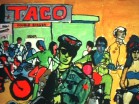 Marcello, I'm So Bored, by John Milius
Marcello, I'm So Bored, by John Milius
Marcello, I’m So Bored (1966, 16mm, color, sound, 9min.)
Directed by John MiliusJohn Milius was a precious critic of the 'counter-culture,' his critique may be seen as a its most turgid in APOCALYPSE NOW (which he wrote with George Lucas in 1967) and at its lightest in this early film, an intentionally crude cartoon with a live action epilogue in which Milius appears with Gayle Hunnicutt. - Scratching the Belly of the Beast Catalogue, 1994
-
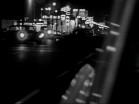 Herbie, by Paul Golding & George Lucas
Herbie, by Paul Golding & George Lucas
Herbie (1965, 16mm, b/w, sound, 3min.)
Directed by George Lucas and Paul GoldingThe filmmakers create stylish visual music from the diffuse, reflected lights of driving cars against a soundtrack of Herbie Hancock music.
-
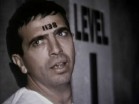 Electronic Labyrinth: THX 1138 4 EB, by George Lucas
Electronic Labyrinth: THX 1138 4 EB, by George Lucas
Electronic Labyrinth: THX 1138 4 EB (1967, 16mm, color, sound, 15min.)
Directed by George LucasTHX 1138 4EB runs through passages into order to escape a totalitarian dystopia.